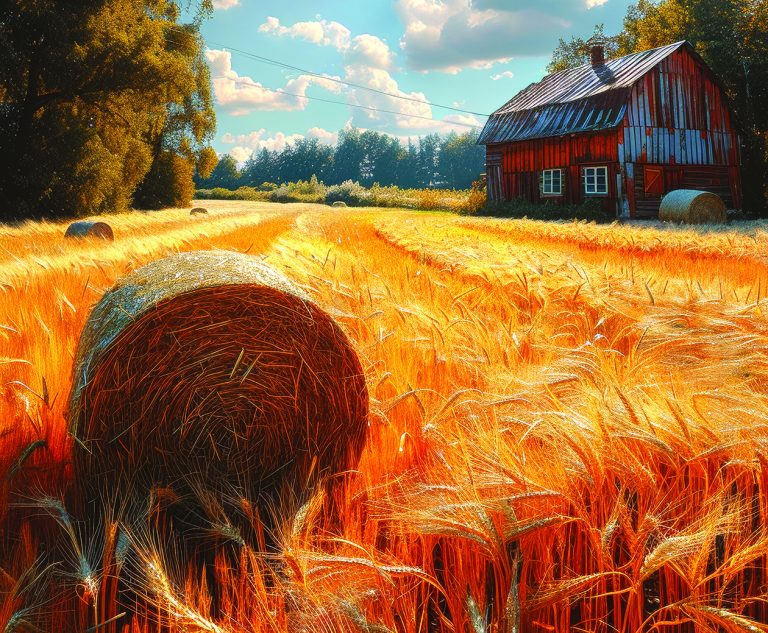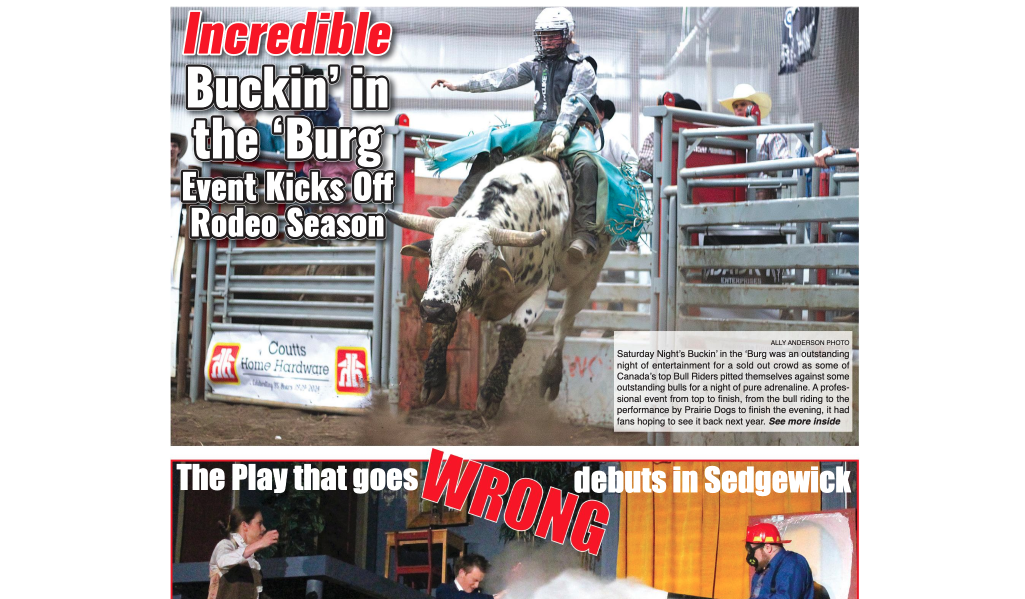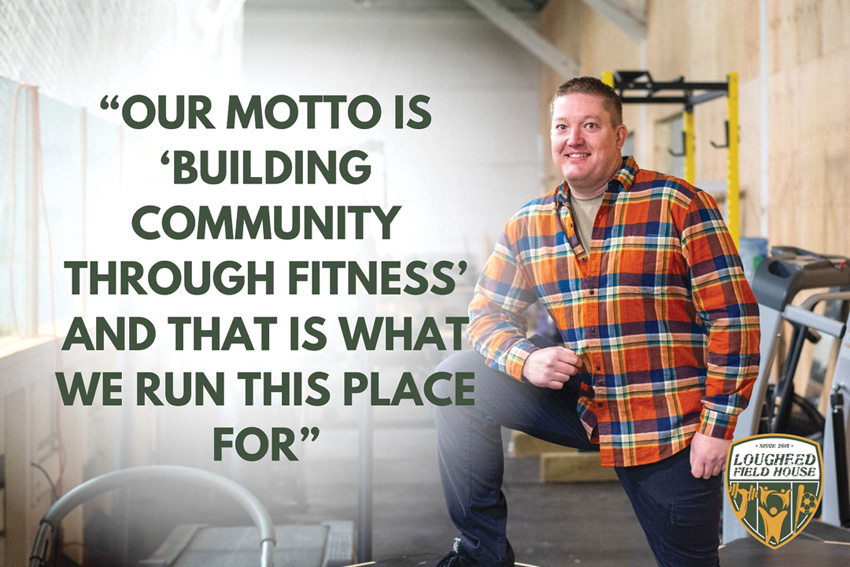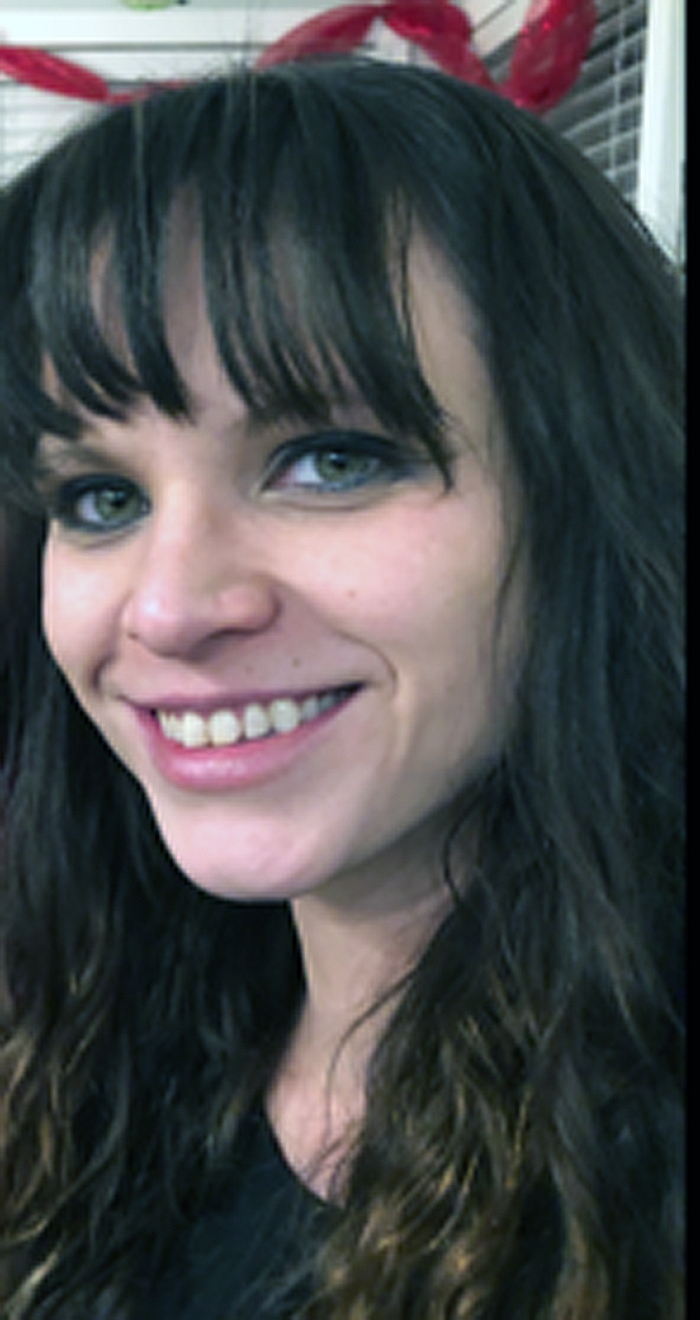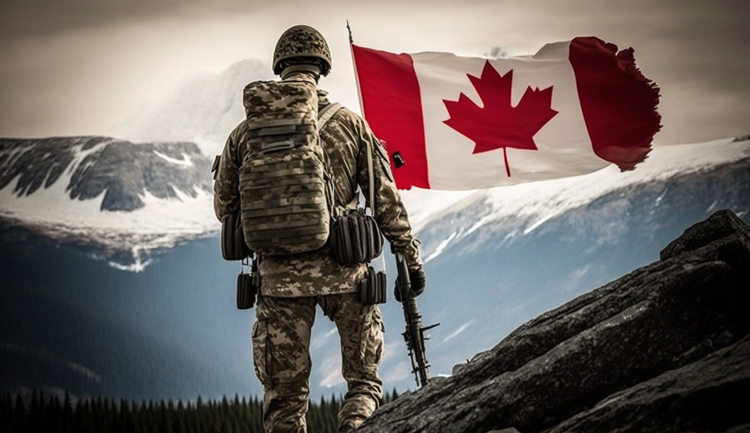STORY UPDATE: Remains of aboriginal youth laid to rest – final reinterment service held
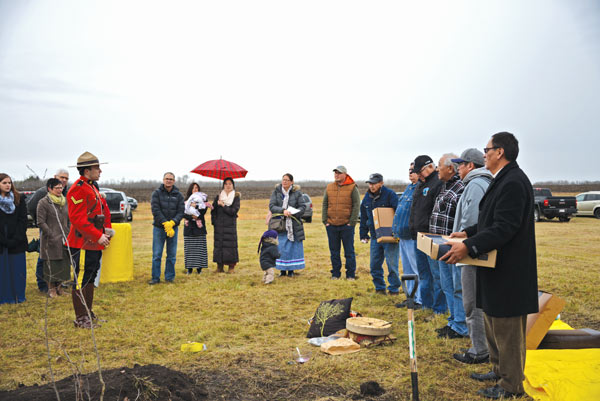
A final reinterment has been held and the remains of what authorities now say is a young aboriginal woman were laid to rest during a private ceremony recently.
The human bones were unearthed on the Rozmahel farm on August 26 of this year and for the past couple of months have been studied and analyzed by a team headed by forensic anthropologist Pamela Mayne Correia of the University of Alberta. Alberta Culture and Tourism was part of the recover exercise and supplied Caribou Publishing with the photos which accompany this article.
Brian Rozmahel who found the remains on the family farm land and who has been part of the journey back in time, said placing the young girl to a final burial spot was very emotional and touching.
“A number of things have happened since we last spoke,” Rozmahel said when contacted by the Weekly Review last week.
He said it was finally decided that the remains are likely those of a young woman, that the site was that of a single grave, and that no other grave sites were found.
He said although it was originally thought the remains, suspected to have been unearthed by a badger, were considered those of a young aboriginal male, when further archeological work was completed, it was decided that the remains are likely those of a young female.
“Once the body was fully exposed, it was discovered that there were just so many beads and rings buried with this person that it was suggested that the bones were those of a young lady.
“Who was she? Well, that is so hard to say. There were thousands…yes, thousands of seed beads found near the remains as well as more rings and buttons. It was the find of the buttons that originally had us thinking that the remains were those of a young man. We thought the buttons may have come from a jacket belonging to the young man.
“However, in among all the artifacts a thimble was found. Was this the burial site of a young male and the mother or the young bride of the male laid her most precious item with him in his grave? Or was it a young woman, someone of rominence…maybe a chief’s wife or daughter? Those of the recovery team thought it was likely the remains of a young woman,” Rozmahel said.
Rozmahel said because there was an abundance of beads and jewelry, it is obvious this young person was someone of some stature in the community all those years ago.
He said a craftsman from the Ukrainian Village built a casket for the remains and the archeologists re-built the body and laid the remains in the casket complete with a necklace of beads, rings on her fingers and then surrounded the body with the thousands of seed beads recovered from the original site.
About 25 to 30 people assembled to be part of the final ceremony. Elders from Maskwacis First Nation and RCMP Inspector Wendell Reimer, assistant district officer for the Eastern Alberta District RCMP, as well as Viking’s RCMP Corporal Rick Halter were among those who attended the reinterment last week.
“The RCMP presented gifts and I asked if I too should offer a gift but I was told that my gift was assigning a plot for the grave site. It is just a 10 by 10 foot spot. I will take care of it and will make sure it is maintained. I have told the First Nation members they are welcome to visit the site anytime they choose.”
“It was 11 a.m. It was cold and rainy but the members of the First Nations took the weather as a good sign explaining that the rain washes a person’s last traces from the earth. The coffin was opened and a number of gifts were laid inside. Tobacco was sprinkled into the grave before the coffin was closed and lowered into the ground by ropes.
“The earth was then hand-shoveled over the coffin. There were some lovely chants and drumming. It was very emotional. Six of my grandchildren attended and my two oldest grandsons took a turn to place a shovel of earth on the grave.
“Then everyone circled the grave and walked clockwise and then turned and walked away, not looking back. It was over. It maybe took an hour and everyone quietly dispersed.”
Rozmahel said he has no idea why he found the remains but that members of the First Nations did tell him that the young person made her presence known for a reason.
For Rozmahel the August find has set him on a new adventure and a new path of learning.
“There is so much to think about. I think about my past work with teens and I wonder if maybe I shouldn’t encourage young people to write about who they think this young lady was and what her life was like. I am thinking I may talk with the school and see if there is any interest.”
He says he also would like to try to set up a “bones and stones” presentation for young people and would ask forensic anthropologist Pamela Mayne Correia to speak.
And although he does not know for sure what he will do with the original gravesite, he is considering planting grass on the spot and preserving it as a special spot.
“I know I will keep the original site and the new grave area safe and I will respect both locations and ask my descendants to do the same,” he said.
And he said this summer when the weather is nice, the First Nations have asked that a celebration be held on the farm, an idea he would very much enjoy. He said he is not sure what such a celebration includes but he is excited about the idea.
Rozmahel says he is surprised by the amount of interest which the discovery of the human bones has brought. He said people stop him daily and ask questions and just recently he was contacted by the Huffington Post Alberta (Huffington Post Alberta is an online newspaper) asking for an interview.
He said he is very pleased with all the interest shown, adding that he is honoured to have been part of the find and said how he has enjoyed the unique learning journey it has taken him on.
Rozmahel said the respect and admiration he has always had for the members of First Nations and their traditions has multiplied and that he looks forward to further learning and understanding the rich tradition the First Nations has to offer.
“I would like to continue the legacy of Running Badger and make her Viking’s very own First Nations’ Princess.”
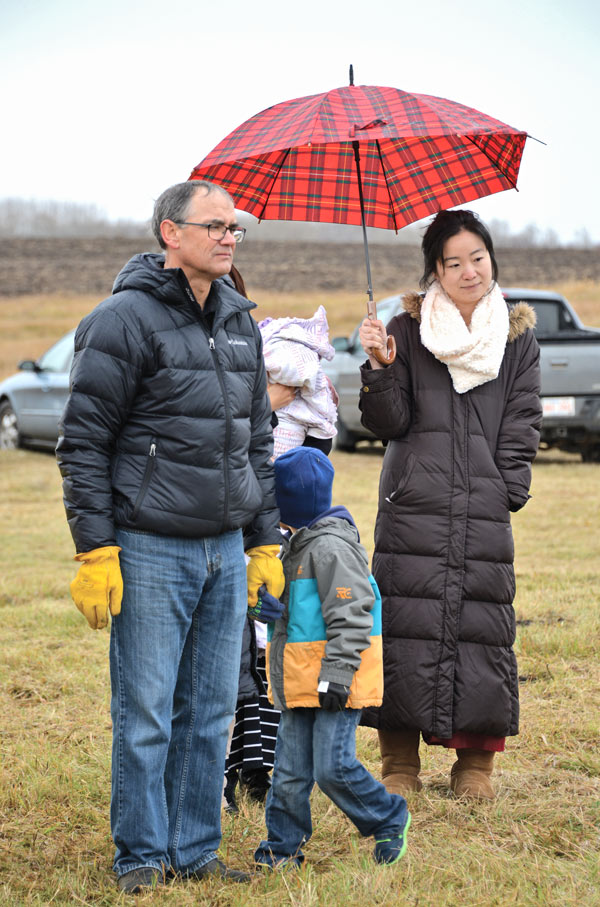
Photos supplied by Communications Branch, Alberta Culture and Tourism
Lorraine Poulsen
Editor
Viking Weekly Review


